Mimicries
Quiet invaders
Contrary to popular belief, mimicries are not shapeshifters. They can not change form at will and spontaneously mutate. Rather, they are very small parasitic eels that take possession of another's body. Barely visible to the naked eye, they can penetrate even the tightest hole like the mouth, the anus or gills. Once inside, they carve their way to the brain using their sharp teeth to rip open internal cavities. The process, while it can heavily damage the body, is often painless for the victim, or barely noticeable.
Once it has reached the brain, the mimicry attaches itself using the two retractable hooks on both sides of its jaws and the one on the end of its tail. It usually spirals around the frontal lobe by default, however the attachment behavior may vary from species to species, as anchoring on the seat of memory requires more effort to take control of the rest of the body.
Then, they take over the mind of their host, in a similar fashion to Spheriers. In that regard, the whole species can be considered as possessing a higher mind, especially since they can dominate even great minds. But where Spheriers have to work together and can only touch the mind of a Sphere, mimicry's hooks allow them for a finer manipulation. Once the initial connection is made, it is broken only by the death of the host or its guest.
To enhance its control, a mimicry may detach from its initial anchor point and travel to another region of the brain, in order to alter the neuronal connections or utterly destroy resisting sets of neurons. If the host is fighting for control, it can become quite messy as the mimicry cuts more and more connections until the brain is nothing but a malleable mass with very reduced abilities. There have even been reports of a mimicry drowning in the blood of the host's brain after rupturing an artery during a fierce resistance.
Once the initial stage of the invasion has been completed, which means when the parasite has seized all control, then the host can effectively be considered dead. While some retain their consciousness to a certain degree, they cannot be saved. Removing the parasite would require splitting the host's head open, and we lack the technology to perform such an operation without killing the patient. In addition, the host's personality is often destroyed in the process, leaving only a living husk obeying each and every one of the parasite's orders. Thus, I advise that when a mimicry is discovered, the body is to be disposed of immediately. No rescue is possible for its victim, the merciful thing to do is to end their suffering and the evil inside them.
Practical case: Octopus invasion
Octopuses, due to their large nervous system and semi-autonomous limbs, are not the targets of choice for mimicries. However, cycles of collective effort, research and many sacrifices allowed them to find an optimal way of control. The head anchors on the sub-esophageal mass, the lower motor centers executing movement of funnel, arms, and mantle activities, while the tail whirls around to the supra-esophageal mass, the higher motor centers coordinating sensory inputs and behavioral responses.
It is unusual for the head to prefer a center of action instead of a sensory input center, but the partial autonomy of an octopus' tentacles requires finer control than most other species. It is an odd feeling, to take over such a creature, as only a tenth of its body actually feels taken over, while the others are independent of the invaded central nervous system and merely follow the orders received. For this uncanniness and the difficulty of the feat, octopods had been widely ignored by mimicries, which played a role in their downfall.

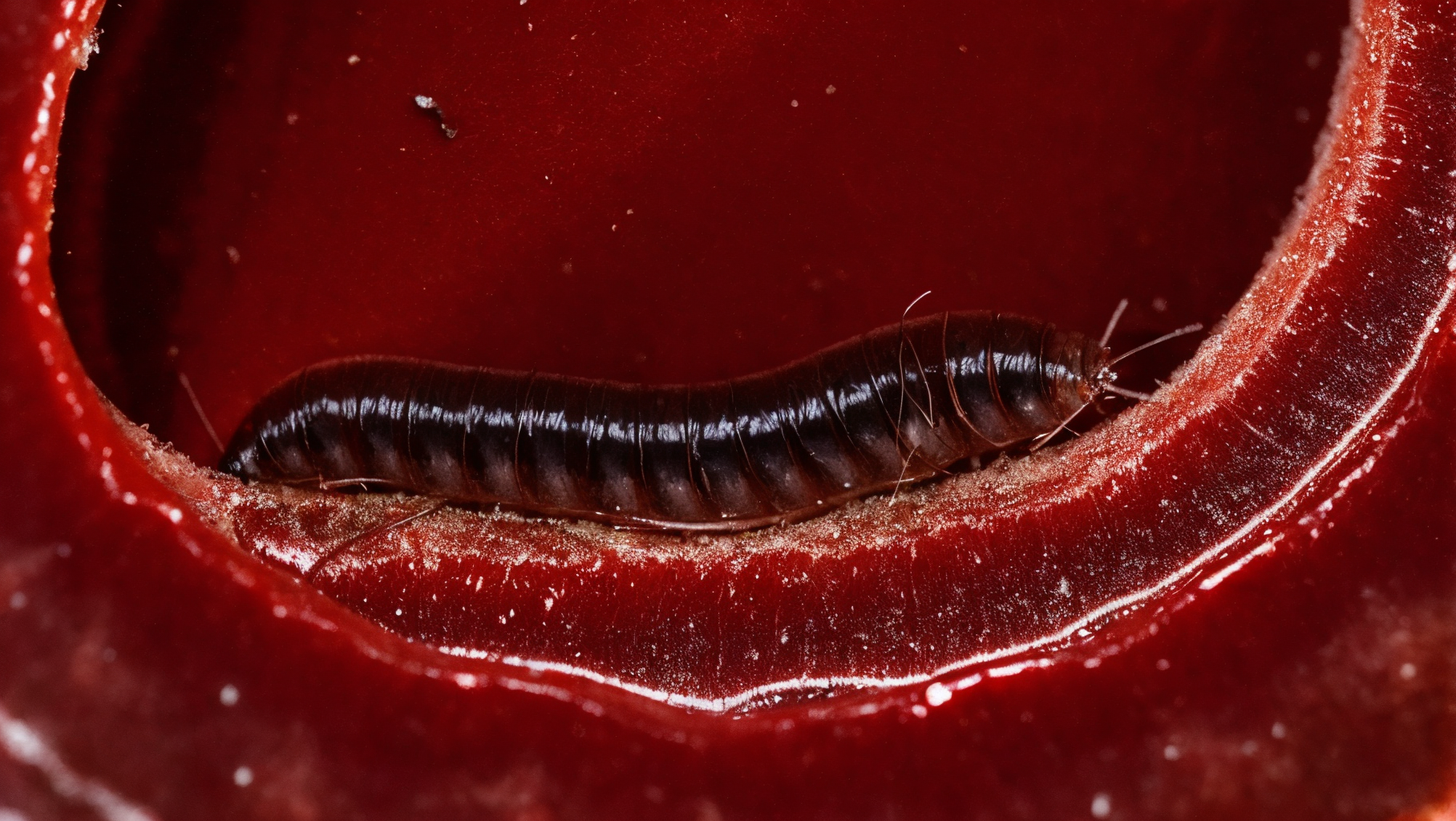
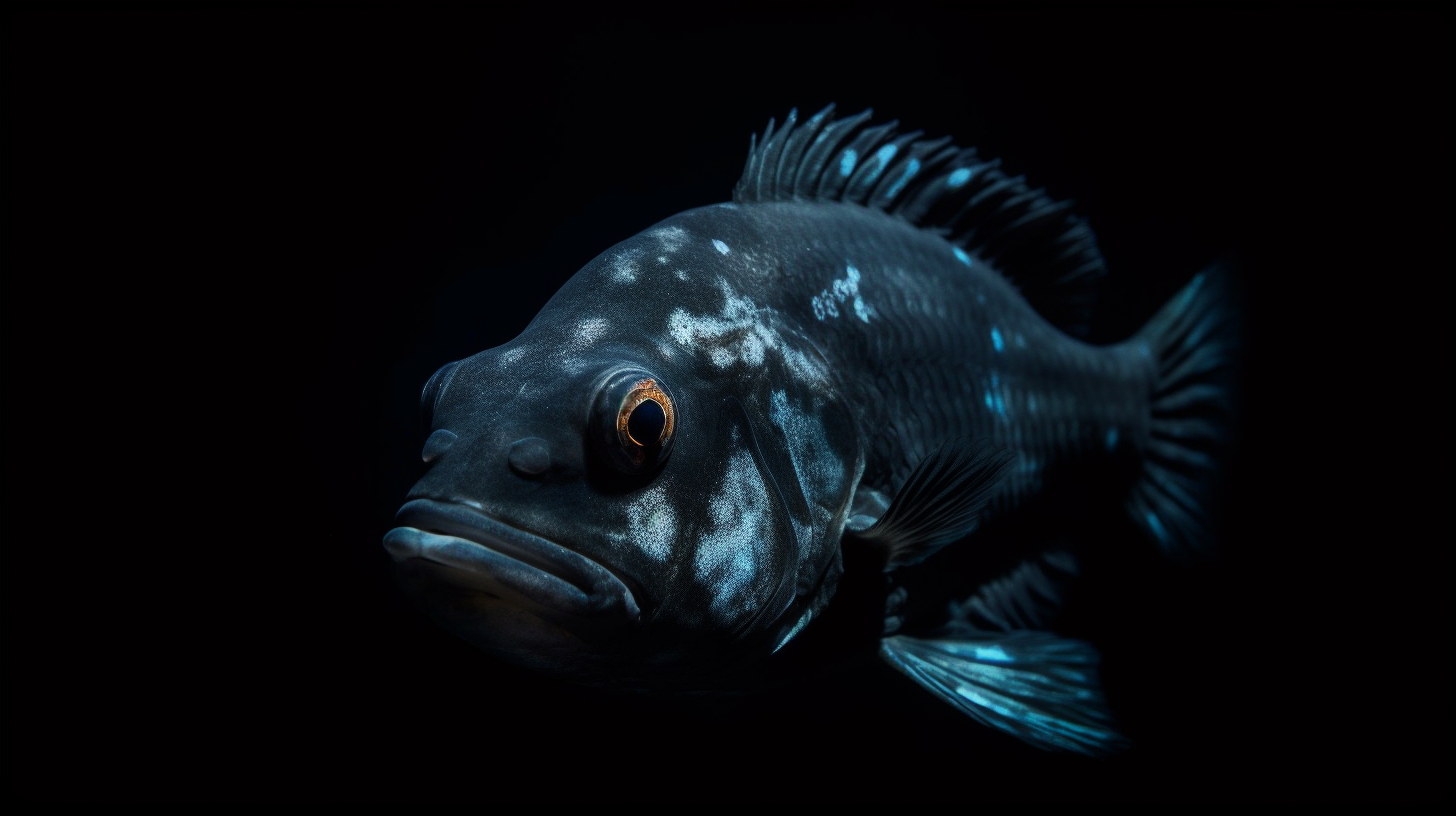
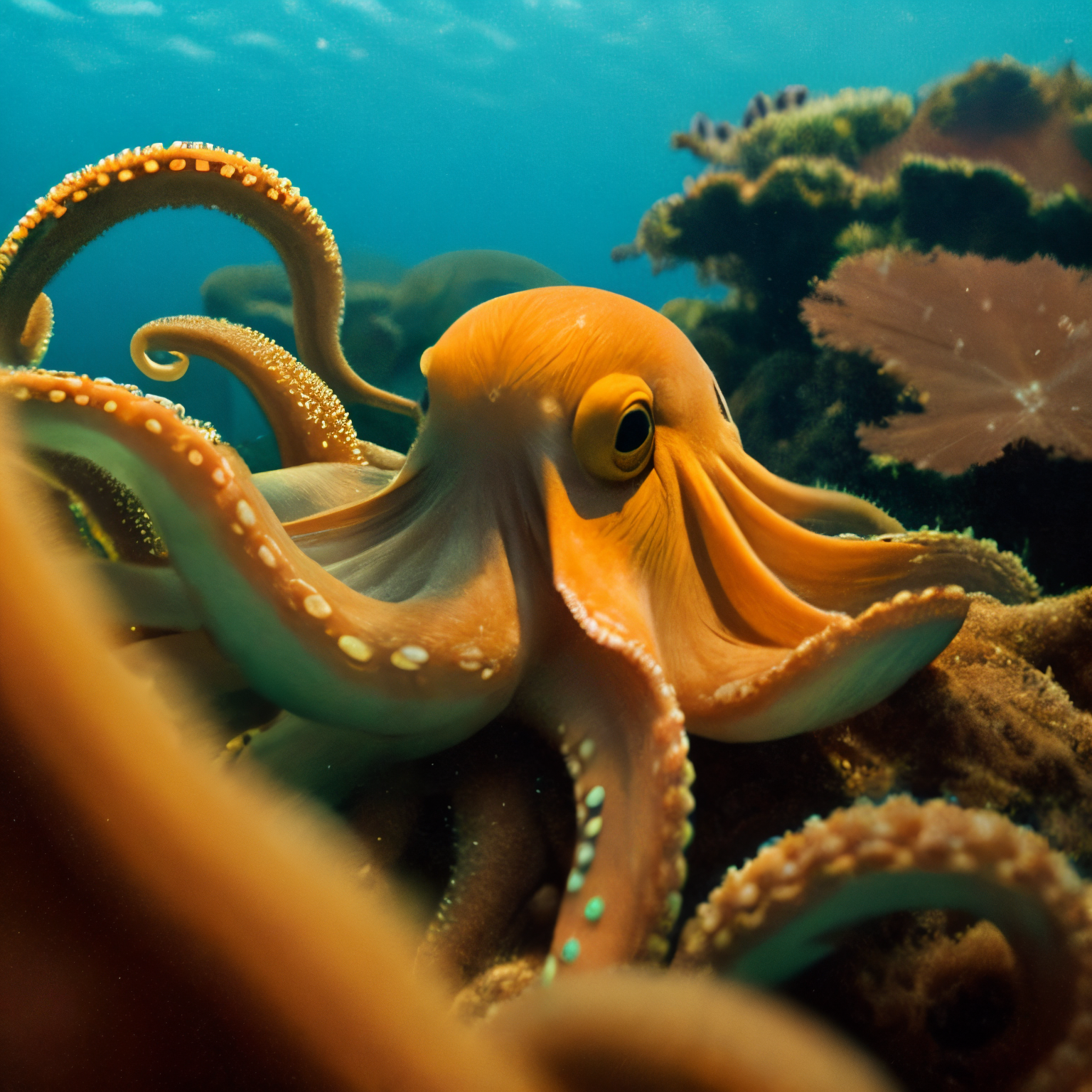
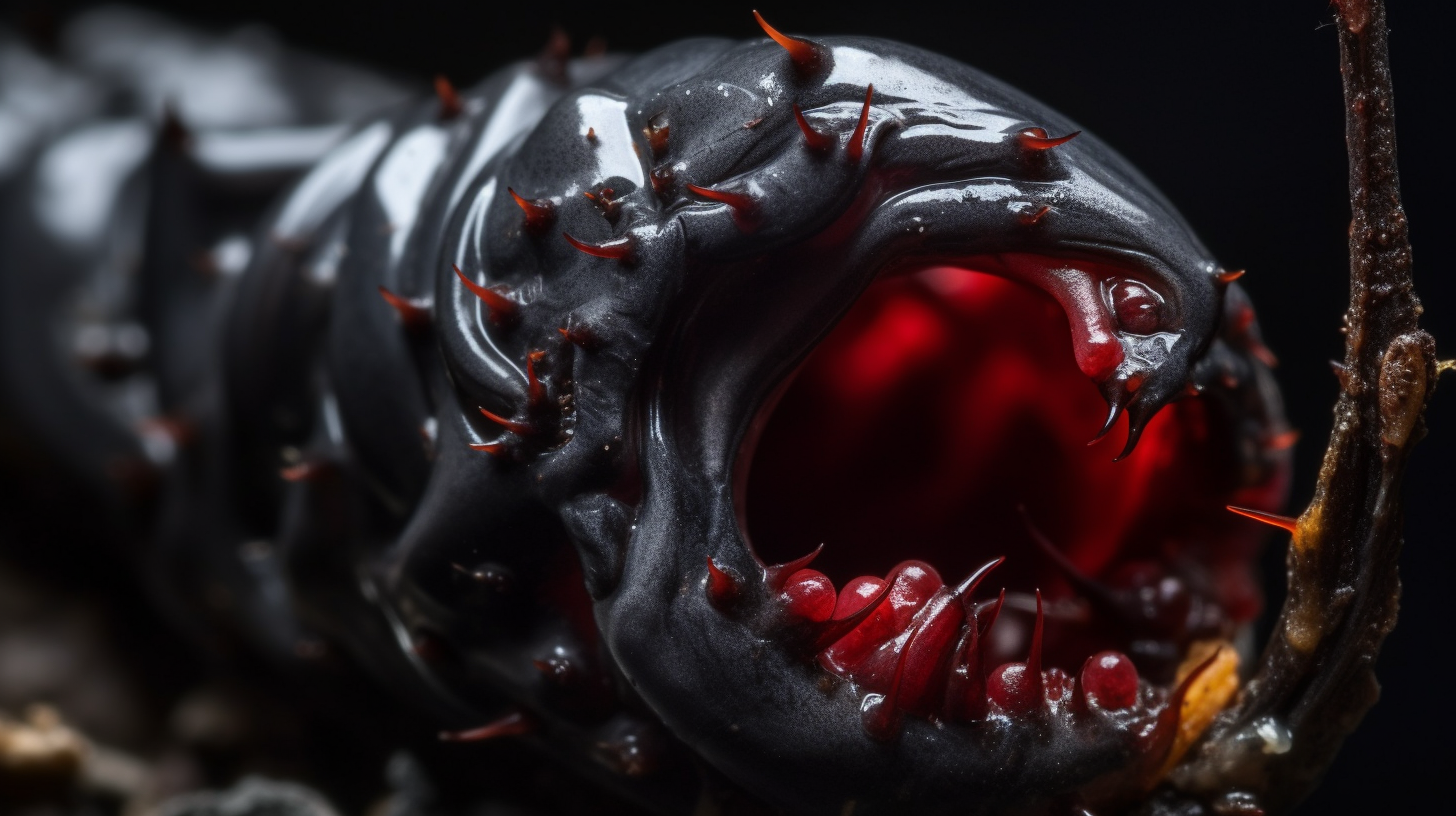
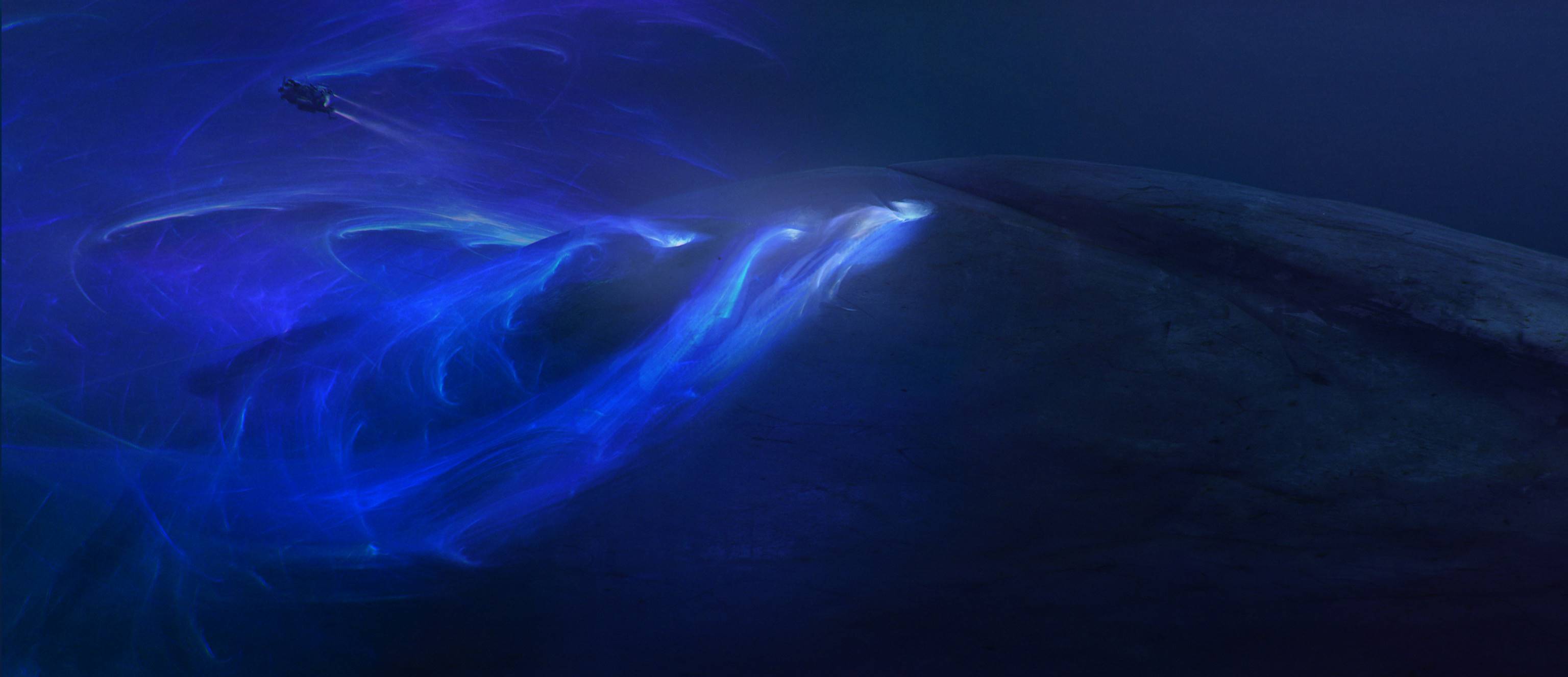


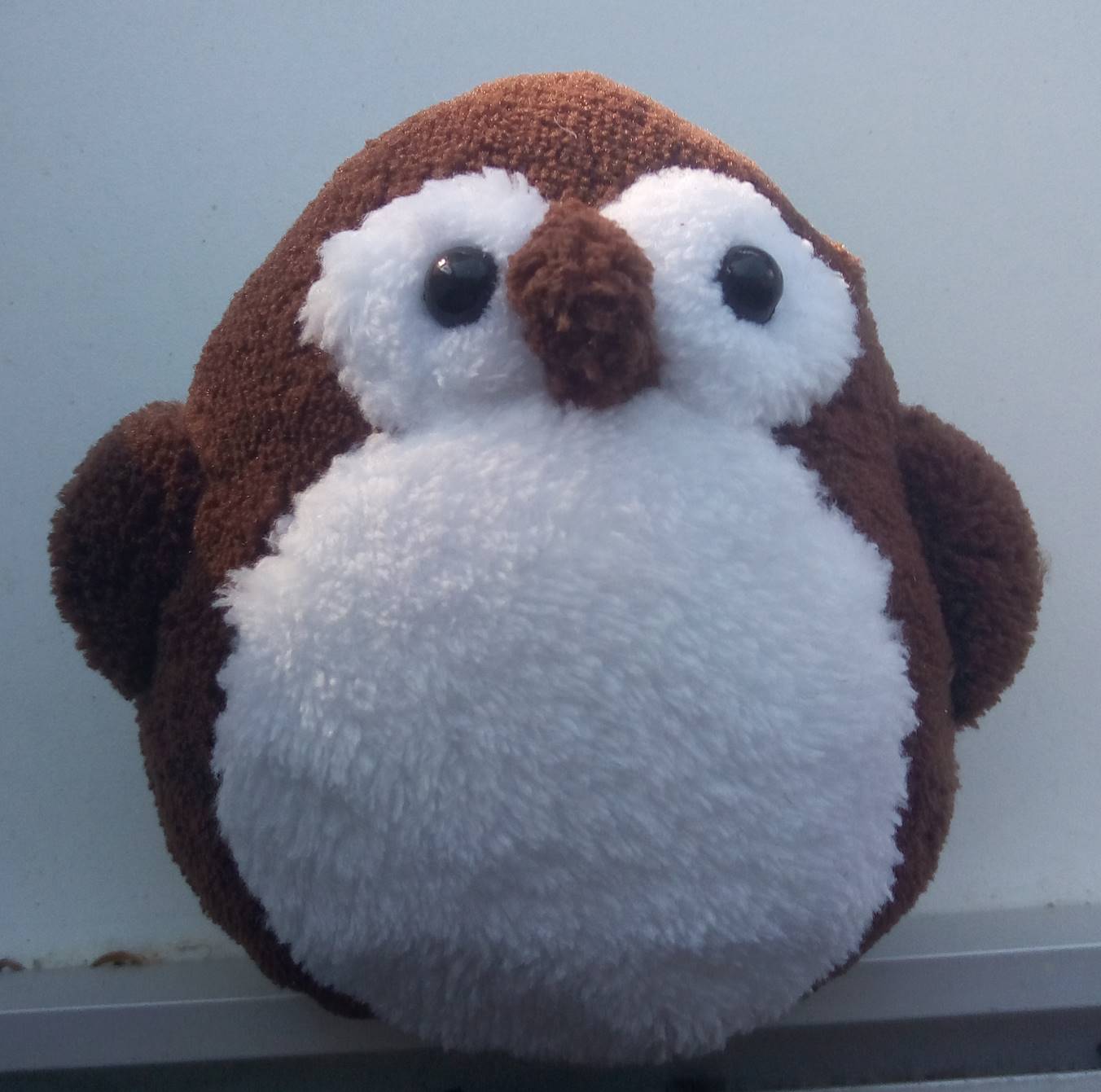


Well, that's proper scary, that is. I hate them. Very good article about a veritable nightmare of a being.
Yes that was the reaction I was aiming for! Mimicries are definitely something that would terrify me underwater! Thank you for your kind words :D